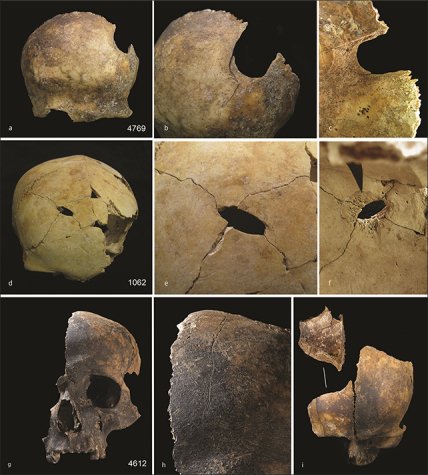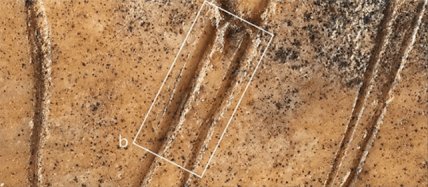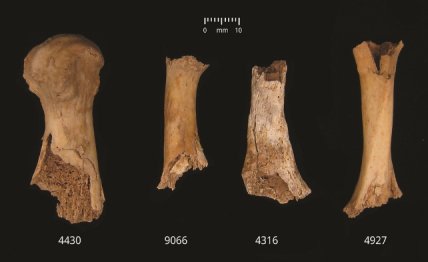A chilling discovery has changed our understanding of the Bronze Age in Europe: what researchers found (photos included).
Although cannibalism in Europe was not uncommon during prehistoric times, in some areas the practice of consuming other humans persisted into later periods. For instance, evidence of such practices can even be traced back to the Bronze Age.
Evidence was discovered in the southwest of England near the village of Charterhouse-on-Mendip. The study was published on December 16 in the journal Antiquity.
A team of international archaeologists working at the excavation site remarked that they had never encountered anything like it among finds from that era on the British Isles. This led them to question their familiarity with the region's history.
"In fact, we find more evidence of skeletal trauma from the Neolithic period in Britain rather than the Early Bronze Age, so Charterhouse stands out as something very unusual," said archaeologist Rick Schulting from the University of Oxford.
The team uncovered around 3,000 bone fragments belonging to at least 37 individuals. All of them died at the same time, somewhere between 2210 and 2010 BC, approximately four thousand years ago.
Many of their skulls showed signs of blunt force trauma, while the bones exhibited cuts and fractures. The cuts suggest that the attackers consumed certain parts of their bodies.

According to chemical analysis, all the deceased were locals and were not involved in any battle. They were likely caught off guard and executed, and after suffering injuries, their bodies were discarded into a 15-meter deep shaft.
The cause of such brutality remains unknown. However, researchers believe that this treatment indicates the killers attempted to dehumanize their victims, likening them to animals. It’s possible the assailants were seeking revenge for something.

The fact that cannibalism was not linked to hunger is supported by the discovery of bones from large cattle nearby.
Scientists note that there is some evidence suggesting a disease was rampant in Britain at that time, which could have intensified internal conflicts among local tribes. Although it cannot be definitively stated that this tension led to the massacre at Charterhouse.
The history of this site is significant as it challenges our understanding of what actually occurred in the distant past.

"It serves as a harsh reminder that people in prehistoric times could commit later atrocities, shedding light on the darker aspects of human behavior," Schulting added.
According to him, this event was unlikely to be an isolated incident, making it essential for the story of Charterhouse to be told.
As a reminder, researchers previously discussed what human flesh tastes like and why it should not be consumed.